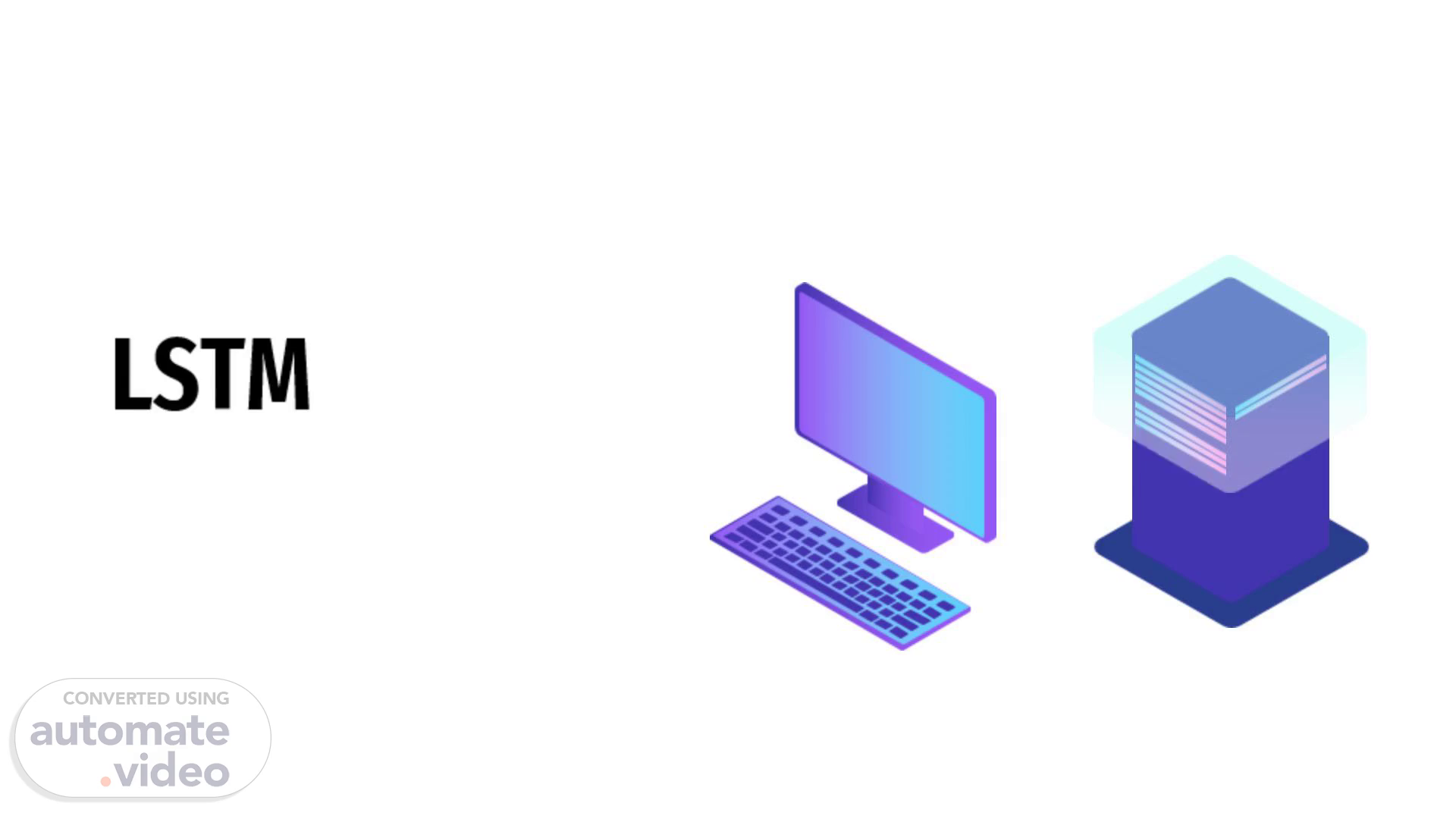Scene 1 (0s)
[Audio] Welcome to our presentation on Long Short-Term Memory, where today we will delve into the realm of predictive modeling and examine how this technique can assist us in comprehending and forecasting user mobility patterns. Let's begin our exploration immediately..
Scene 2 (16s)
[Audio] LSTM's architecture makes it a better choice than other types of recurrent neural networks like GRU, because it has three gates: forget, input, and output, which allow it to focus on both short-term and long-term dependencies in the sequence. This makes it particularly effective for tasks where we need to learn from longer sequences of data..
Scene 3 (43s)
[Audio] The Long Short-Term Memory architecture consists of three primary components: the forget gate, the input gate, and the output gate. Each gate plays a crucial role in controlling the flow of information within the network. The forget gate determines what information from the previous memory cell should be discarded, allowing the network to selectively forget irrelevant details. This process is represented by the formula ft = σ(Wf ⋅ [h(t-1), X(t)] + bf). The input gate decides what new information should be added to the memory cell, based on the current input and previous memory state. This is calculated using the formula it = σ(Wi ⋅ [h(t-1), X(t)] + bi). The output gate then uses this updated memory cell to produce the final output, taking into account both the forgotten and newly added information. This is represented by the formula ot = σ(Wo ⋅ [h(t), X(t)] + bo)..
Scene 4 (1m 43s)
[Audio] The input of LSTM is the sequence of user locations over time, considering the history of a user's movements, including where they have been and when they were there. Additionally, LSTM takes into account other features that can influence a user's mobility, such as the time of day, day of the week, user device type, and activity type..
Scene 5 (2m 4s)
Preparing the Input for LSTM.
Scene 6 (2m 11s)
[Audio] The information should be verified before being used in any context..
Scene 7 (2m 27s)
Target Output.
Scene 8 (2m 33s)
[Audio] The forget gate decides what information from the previous cell state should be discarded, allowing the network to concentrate on recent user movements. This is essential for predicting future locations, as older movements may not be as relevant. The input gate then chooses what new mobility and contextual information to add to the memory cell, incorporating this new data into the prediction process..
Scene 9 (2m 57s)
[Audio] The cell state update formula, Ct, combines the forget gate's contribution, ft, with the input gate's contribution, it, to determine whether the user is moving towards or away from specific edge servers, thereby enabling proactive migration decisions. The output gate, ot, predicts the next location by weighing the previous hidden state, ht-1, and the current input, Xt, along with a bias term, bo. The predicted location is then processed through a fully connected layer, FC, to produce the final output, L_next..
